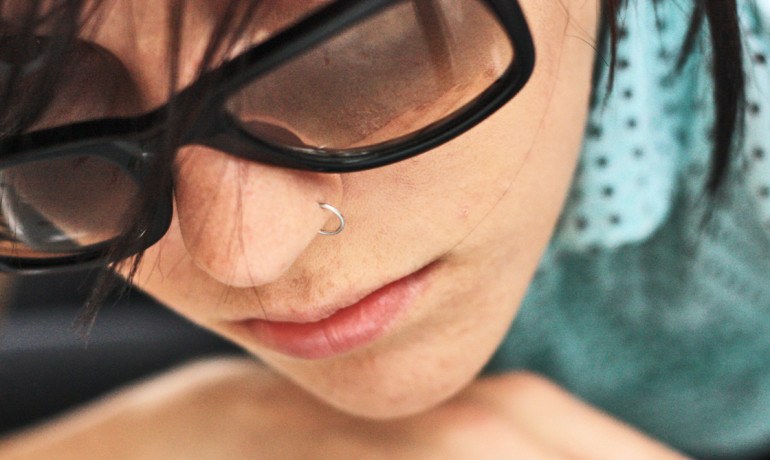BIRMINGHAM, Ala.—Real-estate developer Chip Moore left his four-bedroom home here one morning in his GMC Yukon SUV, drove through his community's gate, past the golf course to a Publix supermarket.
There, he wired $1,000 to Rahima Sheikh, a gravely ill woman in a 240-square-foot home in India. He considered it a one-time thing.
"I thought I'd sling some money at the problem," he says, "and make it go away."
Instead, 10 months later, Mr. Moore was in northern India, sitting cross-legged on the roof of Mrs. Sheikh's tiny brick house on an August night, eating goat curry and talking with her husband about the business Mr. Moore had helped the family start as a way to escape poverty.
(..)
The Sheikhs' struggle is common in India, where two-thirds live below the international poverty level of $2 a day. Medical-care costs and other unforeseen expenses can plunge a family into destitution. The Sheikhs and most people in their district lack toilets and don't have electricity much of the day.
(..)
One family's helping another directly is "not a suitable model" to fight global poverty, says Cambridge University's Mr. Munshi. But, he says, Mr. Moore's and Mr. Srivastava's efforts will probably help the Sheikhs because the two avoided the pitfalls of many development efforts by tailoring their assistance to the situation. "One thing that never works is trying to provide generalizable solutions to all the problems that people face."
The Sheikhs' business has been thriving the past few months, with more orders than they can meet. Still, they were back with another request in November, for $3,000 to buy an adjacent lot to build a bathroom. Mr. Moore declined, saying he wanted them focused on their business and on curing Mrs. Sheikh. She used $180 in tailoring profits and borrowed $500 from a friend to buy a sliver of the land, anyway. "I hate that they borrowed," Mr. Moore says.




















